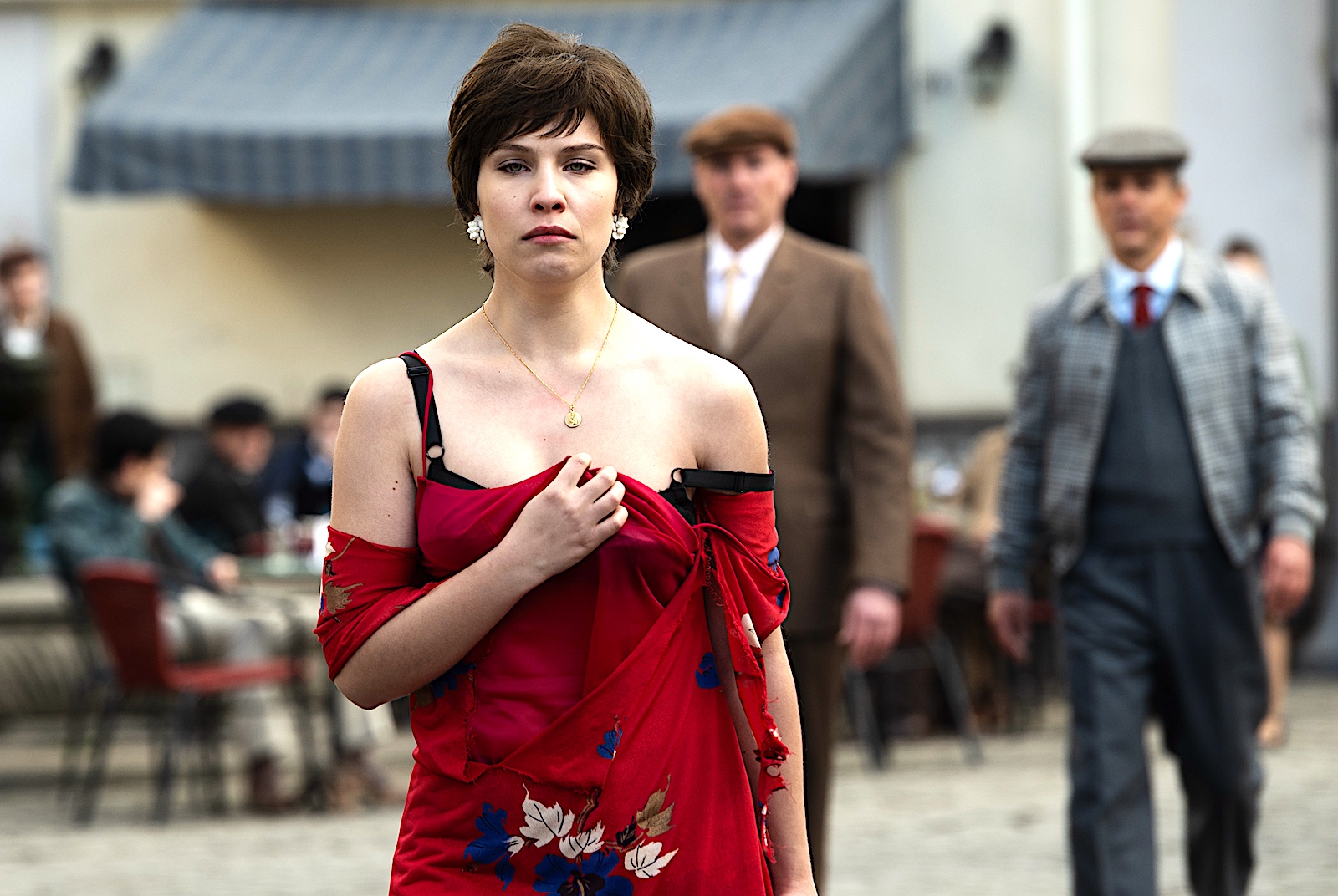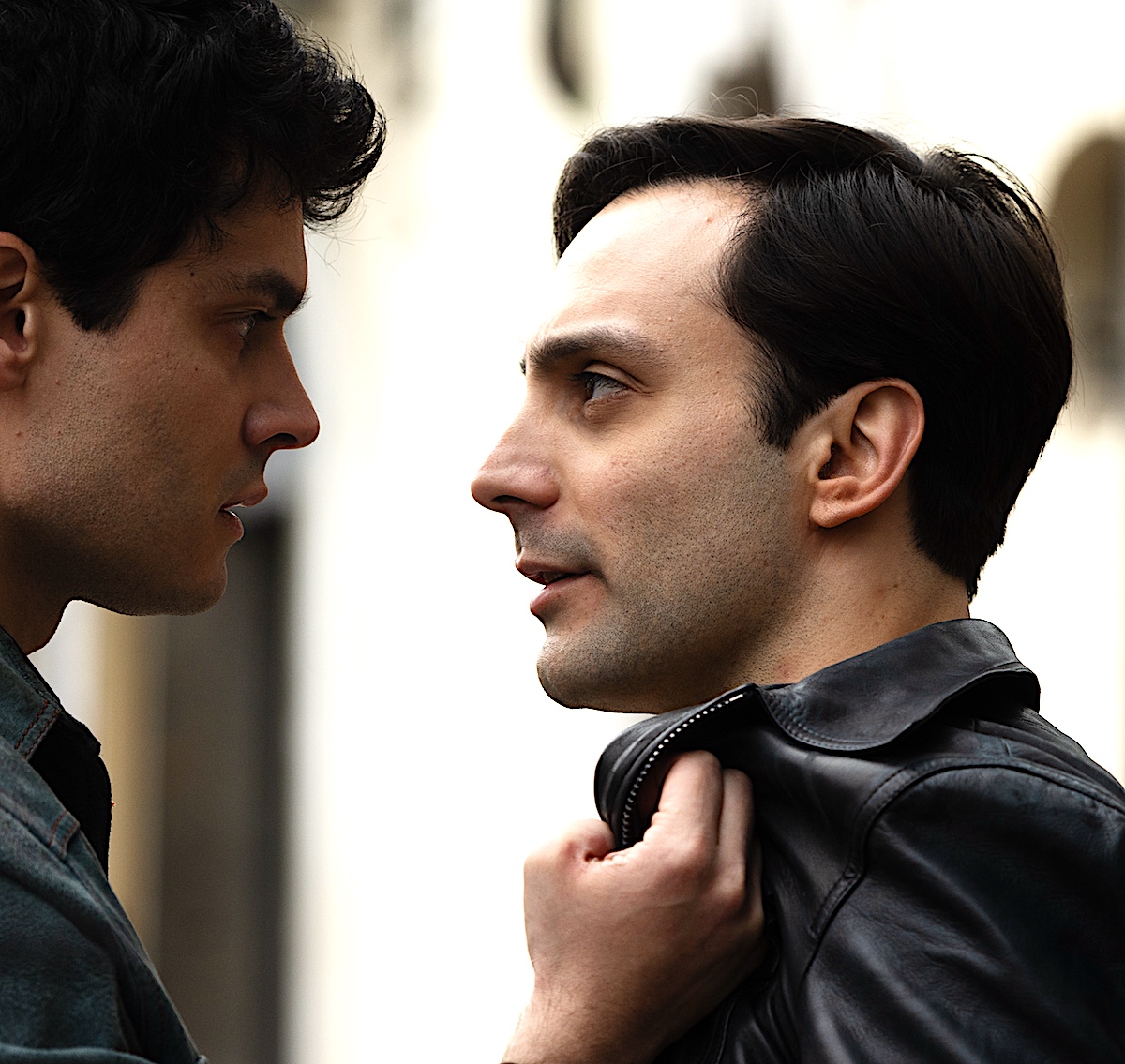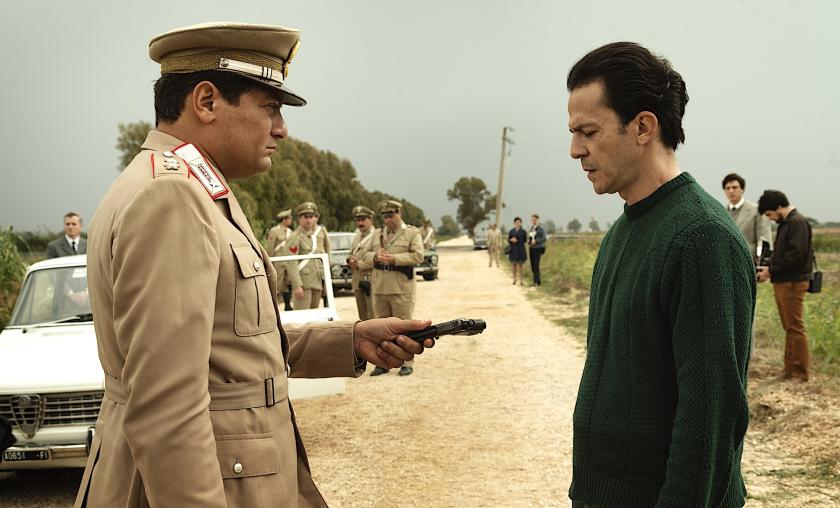The problem with making TV dramas about unsolved real-life murder mysteries is that they’re still unsolved, unless the film-makers decide to invent a fictional denouement. This might well trigger an avalanche of legal and ethical objections.
Thus, director Stefano Sollima’s four-part examination of Italy’s notorious “Mostro di Firenze” murders, which left a trail of 16 dead bodies between 1968 and 1985, can only hint strongly at the identity of the perpetrator (the individual in question vanished in 1988, and no further murders subsequently took place). But Sollima’s ambitions reach beyond the mere gruesome nuts and horrific bolts of the murders themselves, which mostly involved young couples being ambushed while “making out” in cars in secluded, remote locations in the Florence area. The bodies were subsequently mutilated, the females in particularly stomach-turning fashion. Sollima seeks instead to evoke the attitudes and social conditions prevailing in Italy throughout the period in question, and to suggest the circumstances which might have allowed such horrific crimes to take place.
 His narrative begins in the late Fifties, where Barbara Locci (Francesca Olia, pictured above) is about to marry Stefano Mele (Marco Bullitta). However, Barbara isn’t too keen on the arrangement, as we can infer from a dramatic sequence of her in her full wedding regalia running across fields in an attempt to escape her connubial fate. But it’s hopeless, and she is duly recaptured by Stefano’s family. His father angrily reminds Stefano that they have had to hand over a dowry of sheep and land to secure Barbara’s marital services.
His narrative begins in the late Fifties, where Barbara Locci (Francesca Olia, pictured above) is about to marry Stefano Mele (Marco Bullitta). However, Barbara isn’t too keen on the arrangement, as we can infer from a dramatic sequence of her in her full wedding regalia running across fields in an attempt to escape her connubial fate. But it’s hopeless, and she is duly recaptured by Stefano’s family. His father angrily reminds Stefano that they have had to hand over a dowry of sheep and land to secure Barbara’s marital services.
It’s virtually a feudal system in operation, and the place of women in it consists of unquestioning subservience to the menfolk. Insubordination will be met with a slap across the face, or worse. The women are chattels, but fulfill the vital function of supplying heirs.
As we learn, it’s a misogynistic and incestuous environment, and provides opportunities for all kinds of brutal and sordid behaviour. Soon we’re seeing Stefano being cuckolded under his own roof by Salvatore (an exceedingly creepy Valentino Mannias), who he has had to take in as a lodger to make ends meet. Later Barbara has an affair with Salvatore’s brother Francesco (Giacomo Fadda, pictured below with Mannias), who instructs Stefano to leave his wife alone, since Francesco will now be sharing her bed.
The narrative isn’t entirely easy to follow, since Sollima has constructed the drama across multiple time-frames and from several different viewpoints, so we witness certain events from contrasting points of view. For instance, the episode of Salvatore walking into the bedroom where Barbara is sheltering, keeping the impotent Stefano outside, is dramatically transformed when it’s revisited from the other side of the bedroom door.
 The result feels like a mosaic of character and incident rather than a fluent narrative, and we have to rely on Salvatore’s increasingly-aged appearance to keep a grip on it. It was Salvatore who was convicted of the murder of his wife and another lover, Antonio Lo Bianco (Giaime Lewis), the first victims of the “Mostro”, but he was released after more murders were committed while he was jailed, apparently using the same .22 Beretta pistol that killed Barbara.
The result feels like a mosaic of character and incident rather than a fluent narrative, and we have to rely on Salvatore’s increasingly-aged appearance to keep a grip on it. It was Salvatore who was convicted of the murder of his wife and another lover, Antonio Lo Bianco (Giaime Lewis), the first victims of the “Mostro”, but he was released after more murders were committed while he was jailed, apparently using the same .22 Beretta pistol that killed Barbara.
Sollima has painstakingly created a detailed and convincing study of period, character and landscape, with consistently haunting cinematography and a suitably unnerving electronica-flavoured soundtrack by Alessandro Cortini. On the downside, it’s a squalid and unedifying story, not just in the behaviour of the adult protagonists but also in the emotional traumas inflicted on Barbara’s unfortunate young son, Natalino. And the shape-shifting narrative and an ambiguous conclusion might leave many viewers feeling short-changed.















Add comment